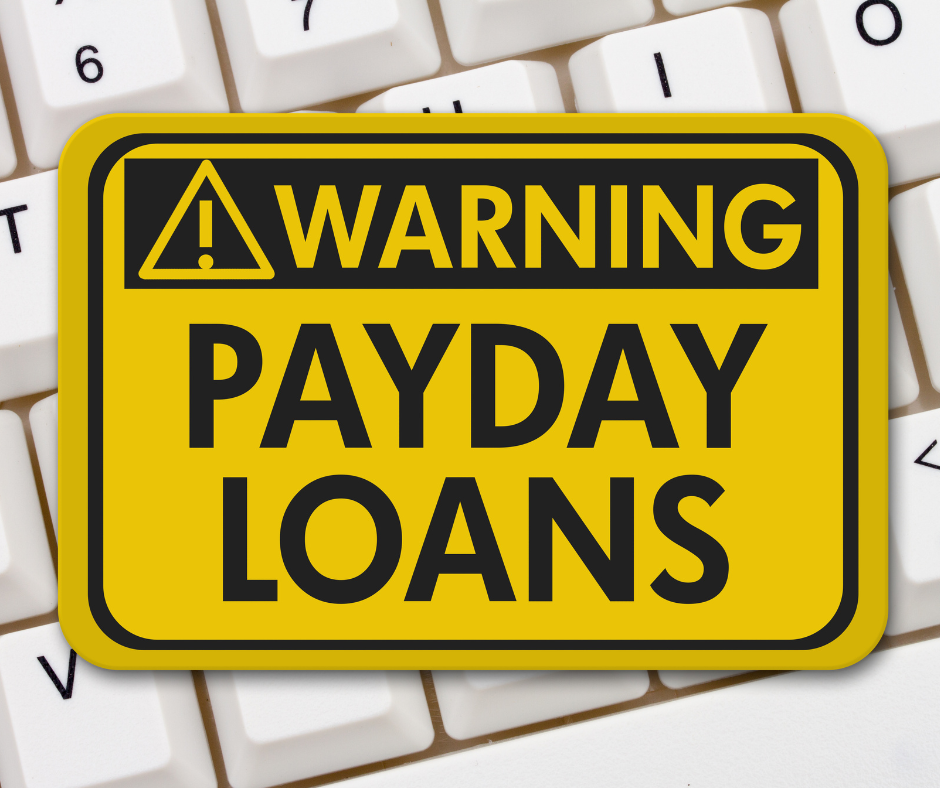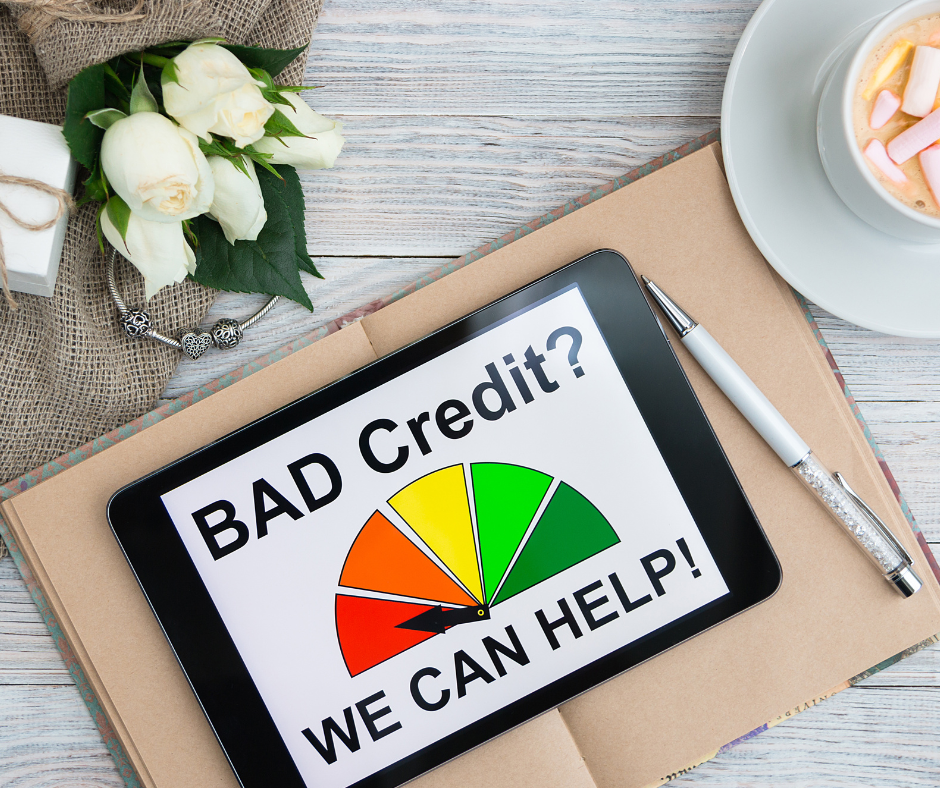Student loan forgiveness programs: what you need to know
Learn how student loan forgiveness programs work and explore options to manage or reduce your financial burden.
Student loan debt can feel overwhelming, especially when monthly payments start affecting other financial goals.

If you’ve been searching for ways to manage or reduce this burden, understanding student loan forgiveness programs is essential. While these programs won’t apply to everyone, they offer potential relief for borrowers who meet specific requirements.
This guide breaks down what you need to know to navigate your options confidently.
Understanding student loan forgiveness
In simple terms, student loan forgiveness refers to programs that may reduce or cancel a portion of your federal student loan debt if you meet certain qualifications. While this sounds promising, it’s important to understand that not everyone qualifies. Each program comes with strict requirements, deadlines, and specific conditions.
Common types of student loan forgiveness programs
Several federal programs exist to help eligible borrowers manage their student loan debt. Here are the most well-known options:
1. Public Service Loan Forgiveness (PSLF)
Designed for individuals working in government or nonprofit organizations. After making 120 qualifying monthly payments under an income-driven repayment plan, the remaining loan balance may be forgiven.
2. Teacher loan forgiveness
This applies to full-time teachers working in low-income schools or educational service agencies for at least five consecutive years. Depending on the subject area, forgiveness may reach up to $17,500.
3. Income-Driven Repayment (IDR) forgiveness
Borrowers on IDR plans make payments based on their income and family size. After 20 or 25 years (depending on the plan), any remaining balance may be forgiven.
4. Perkins loan cancellation
For those who held Perkins Loans, partial or full cancellation may be possible if they worked in public service fields such as teaching, nursing, or law enforcement.
Key considerations before applying
While these programs can provide relief, they come with important caveats:
- Not automatic: you must apply and meet all eligibility requirements;
- Strict documentation: keeping accurate records of employment and payments is crucial;
- Time commitment: some programs require years of consistent work in specific sectors;
- Tax implications: while federal forgiveness programs typically don’t treat forgiven amounts as taxable income, it’s wise to verify the current tax rules or consult a tax professional.
Private student loans do not qualify for federal forgiveness programs. However, refinancing or negotiating directly with lenders may provide alternative relief options.
How to get started
Navigating student loan forgiveness programs can feel overwhelming, but breaking it into steps can help:
- Review your loans: Log into Federal Student Aid to check your loan types and status;
- Identify eligibility: research which forgiveness programs match your job, repayment history, and loan type;
- Complete the right forms: each program has its own application process. Make sure you submit the correct forms and supporting documents;
- Track progress: stay organized by tracking your payments, employment certifications, and any communication with your loan servicer.
Making sense of student loan forgiveness
Dealing with student loan debt is undeniably stressful, but understanding how forgiveness programs work is a solid first step. These programs aren’t quick fixes and require time, documentation, and patience. However, knowing your options empowers you to make informed financial decisions.
If you’re considering loan forgiveness, always rely on official government resources, avoid scams that promise immediate relief, and consider consulting with a certified financial advisor for personalized guidance. Remember, the goal is not just reducing debt, but also creating a sustainable financial future.






